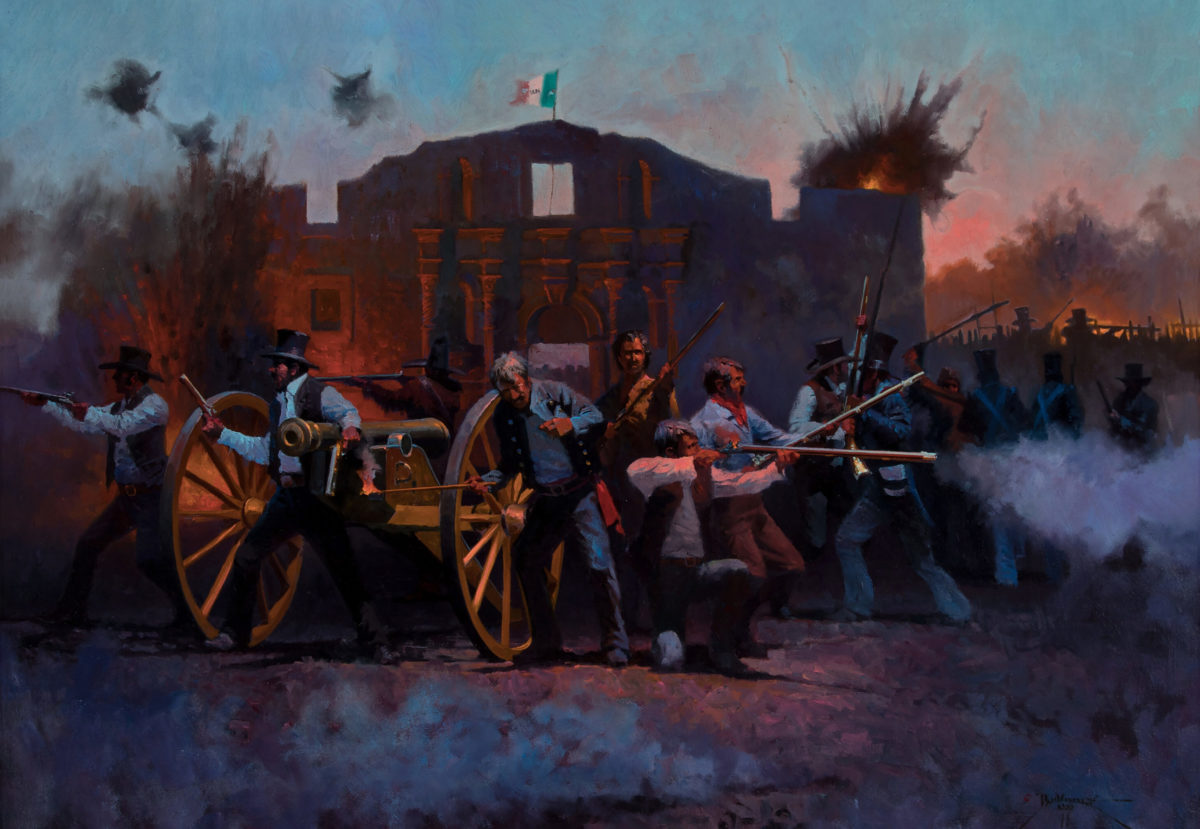“Anyone who undertakes to correct Texas history will find little time for anything else. Bogus heroes and messengers of defeat multiply with years”
THE DALLAS TIMES HERALD, MARCH 3, 1889
Frontier relics William James Cannon and Louis C. Schilling shared much in common. Each roamed the American West, attracted or sought the attention of newspaper reporters, loved to talk, had a shadowy past, had a hand in killing at least once as a private citizen and claimed the distinction of being an Alamo survivor.
Cannon and Schilling shared one more thing in common: Both were prolific liars.
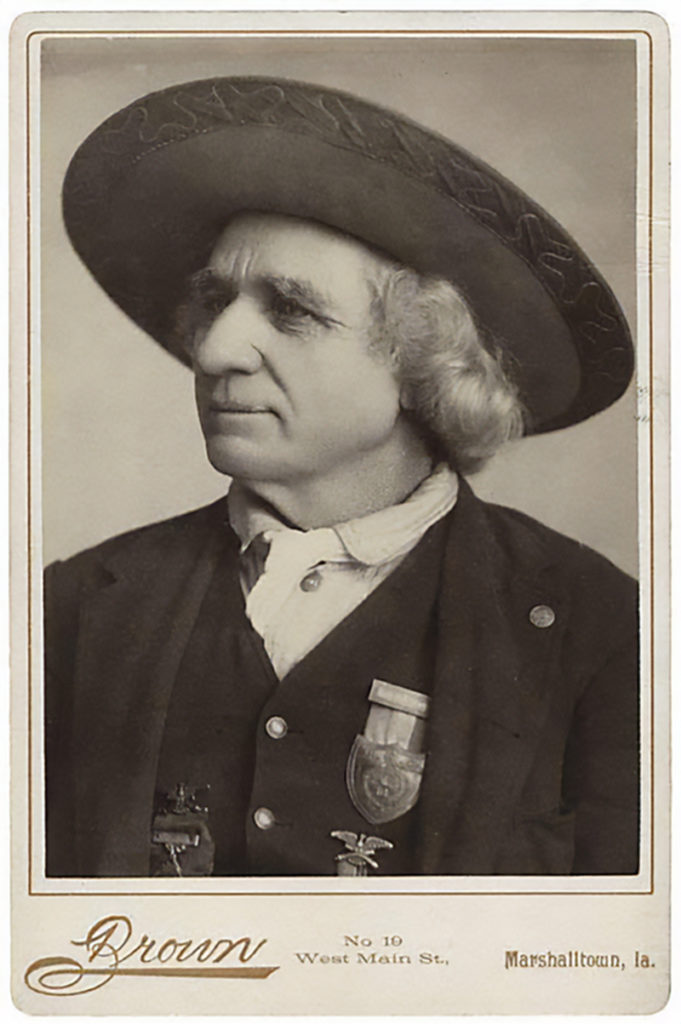
Cannon, who embraced the down-home moniker “Uncle Jimmy,” made his first known claim to have survived the Battle of the Alamo (Feb. 23–March 6, 1836) in the summer of 1885 in a letter to Texas Secretary of State Joseph Wilson Baines (the maternal grandfather of future president Lyndon Baines Johnson). Presumably seeking a pension or some other restitution for his imagined service in San Antonio, Cannon reportedly told the secretary he could “present proofs” to establish his claim, prompting one Texas reporter to declare, “If it turns out to be a fact, it will be a historical sensation, as it has never been believed any male escaped that awful massacre of patriots on March 6, 1836.”
The writer likely meant any adult male Alamo defender, setting aside the disputed survival story of Mexican soldier turned Texan revolutionary Brigido Guerrero. More than a dozen women and children, as well as at least three adult slaves, survived the final assault on the Alamo compound. Among the noncombatants who escaped death that day was Juana Navarro Alsbury, along with her 11-month-old son, Alejo Perez Jr.—the youngest survivor. In 1857 the Texas Legislature granted Alsbury a pension for her service at the Alamo as a nurse to Colonel Jim Bowie.
A few days after Cannon’s “survival story” hit newsstands in 1885, Alsbury refuted his claim in a San Antonio newspaper. Alas, no one seemed to listen, and she died at her son’s home three years later, on July 23, 1888. By then Cannon’s fictional accounts of life on the frontier had stretched all the way to Washington, D.C., where that October at the National Hotel the “Child of the Alamo” held court to anyone who would listen. A Washington Post correspondent described an old man whose long white hair draped an aged face beneath a broad sombrero—“a present from General [and U.S. Minister to Mexico Edward S.] Bragg,” Cannon claimed. “He has led a most eventful life, which would furnish the foundations of a dozen lurid dime novels,” the reporter wrote of Cannon, who also claimed to have been a former scout, interpreter and Mexican War veteran. The report revealed the reputed reason for Cannon’s visit: “A claim for some 7,000 acres of valuable Texas lands brings him to Washington.”
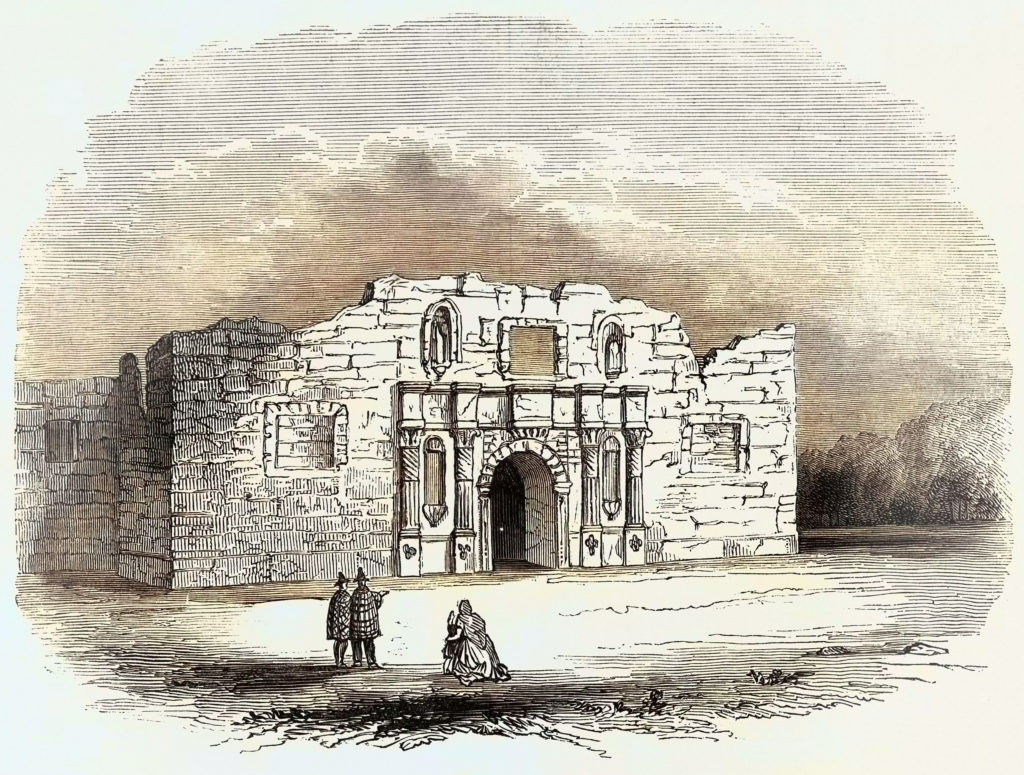
Six months earlier “Colonel Cannon” had popped up in Milwaukee, reportedly to be treated for a gunshot wound to the leg he claimed to have received “in 1886 while chasing Geronimo’s band in New Mexico.” In an interview with The Milwaukee Sentinel he stitched such a tangled patchwork of stories that the paper flatly stated he held “a wealth of confused Western frontier lore in his head.” Still, the newspaper recognized entertaining copy and happily published Cannon’s ramblings, including his outlandish claims about extensive land holdings. He also dubiously claimed to have personally known such frontier legends as David Crockett, James Bowie, George Crook, Sitting Bull, Kit Carson and Buffalo Bill Cody. Cannon sought to bolster his claims by flashing various papers and documents, which the unimpressed Milwaukee reporter concluded had been “furnished him by good-natured wags.” For example, the old-timer showed the reporter two letters purportedly mailed to him from London by Buffalo Bill. The missives expressed that Cody’s Indian performers missed “Uncle Jimmy” and inquired how Cannon was progressing on a forthcoming autobiography. Intrigued, the reporter asked his subject how he’d become acquainted with Buffalo Bill. Cannon’s answer stretched even the bounds of fiction.
“How did I?” he replied. “I raised him. Got him on Salt Creek, 3 miles from Fort Leavenworth, where his father was shot by pro-slavery men before he was born.”
In fact, Isaac Cody, the famed showman’s father, had been stabbed twice after having delivered an anti-slavery speech in Kansas in 1854. A few years later, in April 1857, he died from a respiratory infection likely exasperated by lingering effects of the stabbing. By then, however, young Bill Cody was 11 years old and already helping to support his mother and siblings.
No subject seemed to spark more theatrics in Cannon—or garner more attention for him—than the Battle of the Alamo. On April 7, 1895, the Fort Worth Gazette published an interview with Uncle Jimmy, during which, the reporter noted, his “sharp eyes glistened, and his hand instinctively went to his side as if to once more grasp the musket he held on that occasion.”
“So, you would like to know about the Alamo?” Cannon began. “Well, I am the only man who was present at the siege and lived to tell of it. Yes, I remember it as clearly as though it was only yesterday.”
Or perhaps not, for Cannon’s clarity wavered between versions of his survivor’s tale, his stated age at the time of the battle often proving a telltale. In an 1887 interview, for example, he said he was “a boy of 7” when Mexican General Antonio López de Santa Anna’s army overran the Alamo. In an April 1895 interview Cannon claimed he’d been 24 during the siege. Just days later, in still another interview, he told a reporter he’d been a “boy of 14.”
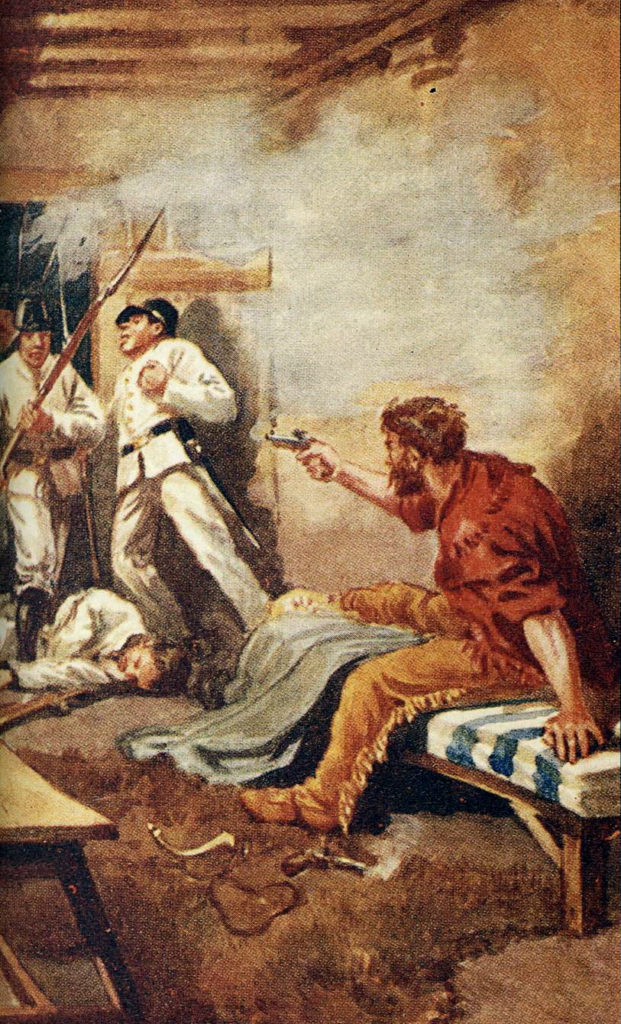
Cannon proved just as fast and loose with the specifics of his alleged escape during the final assault. In an 1887 version he claimed to have been seated by Bowie’s bedside, under the care of a Mexican woman (presumably Alsbury), when a Mexican soldier entered the room and shot the legendary knife fighter in the head, splattering blood and brains on them both—or so ran Cannon’s wild imagination. The Mexican woman, he then claimed, “hid me in an old cistern.” When retrieved from the cistern some hours later, the boy learned of the slaughter of his father, mother and three siblings. Placed in the care of a man who promised to escort him to relatives, the saga continues, he and the man fell under attack by Comanches two days out from San Antonio, and Cannon was taken captive.
In an 1890 interview Cannon said he’d escaped the compound when a Mexican woman attached to Santa Anna’s forces mercifully bore him to safety. By April 1895 his escape featured María Andrea Castañon Villanueva, popularly known to San Antonians as Madam Candelaria. In that version Madam Candelaria spirited the boy from the Alamo disguised in a sombrero and blanket. Cannon then hid in the nearby house of a local priest for “a day or two” before strolling out of San Antonio unmolested, presumably because he “talked Mexican like a native.”
Another “Sole Survivor”
Louis (or Lewis) Schilling’s claim to Alamo fame was equally sensational and also unsupported by eyewitness accounts or official documents. In the spring of 1913 newspapers widely reported that the 81-year-old “Civil War hero, sole survivor of the Alamo and adopted son of Kit Carson” was living in poverty in a tiny shack in Reno, Nev., barely surviving on crackers and water. He claimed to have been but 4 years old in 1836 when trapped inside the compound with his family. (The 1910 U.S. Census for San Diego County records Schilling as having been born in Texas to a French mother and German father in June 1832, a date that could place him at the Alamo in 1836 around the age he claimed.) He told reporters his mother and sister had been killed during the battle, and he’d narrowly escaped death only by hiding beneath an old bacon box.
Schilling’s first known claim to have been an Alamo survivor had come three years earlier, on Feb. 21, 1910, while traveling through Yuma, Arizona Territory, en route home to San Diego. The Yuma Examiner described “Captain Schilling” as one who holds the “unique distinction of being the only survivor of the Alamo.” As proof he produced a medal bearing an engraving of the Alamo on one side and the words Presented by Congress for Conspicuous Bravery on the reverse. Later accounts describe Schilling as “the possessor of a gold medallion, made of a Spanish doubloon, commemorating his escape from the massacre, presented to him by the State of Texas. One side is lettered In Remembrance of Davy Crockett.”
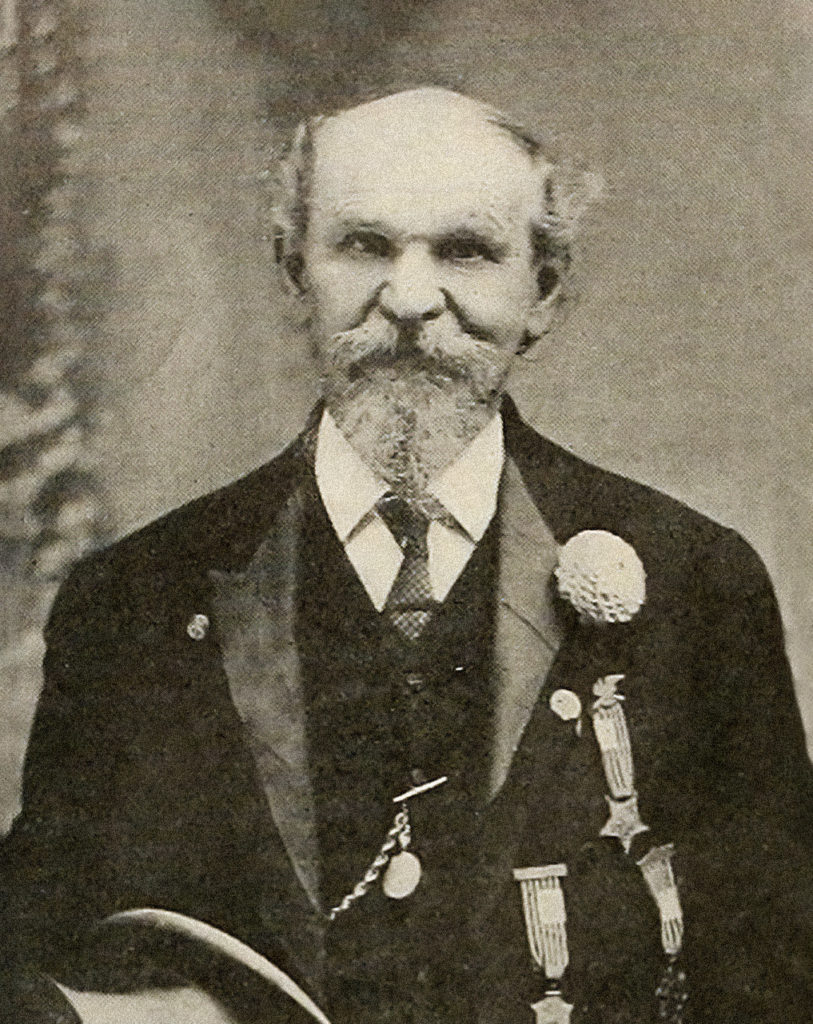
Whether the articles are describing the same medal is uncertain, as is the authenticity of such an award, though the state did issue gold medals to some veterans of the Texas Revolution. For example, in April 1909, amid 73rd anniversary observances of the Battle of San Jacinto, the Legislature presented 94-year-old former Private Alfonso Steele a “handsome gold medal.” For his part, Cannon routinely appeared in public with military medals dangling from his lapels. His favorites were Mexican War badges and an elaborate Grand Army of the Republic medal worn by fraternal members who served in the Union Army during the Civil War. Regardless of the authenticity of such awards, Schilling, like Cannon, suffered ever widening credibility gaps as his narratives grew increasingly more outlandish. His claim as an “adopted son of Kit Carson” is almost certainly hogwash, as no mention of him has been found in the literature of Carson.
For reasons known only to Schilling, he spent his waning years crafting a life story that largely never happened. A June 1919 interview in the California monthly Grizzly Bear offers a glaring example. In it he claimed to have accompanied “Pathfinder” John C. Frémont on his first three expeditions west and was with him when “the very first wooden building was put up in San Francisco.” Schilling even gave his father a co-starring role in the tale he wove, claiming the latter had settled in Galveston in 1807, fought with Maj. Gen. Andrew Jackson at the Battle of New Orleans, organized the first company of Texas Rangers and been personally appointed secretary of state of the Republic of Texas by founding president Sam Houston—a distinction, in readily verifiable fact, held by Stephen F. Austin.
Ironically, Schilling had no need for such embellishment. Official documents and early news reports reveal a fascinating, albeit violent, life story.
Military records show he had in fact served in the Union Army during the Civil War, with the 4th Independent Battalion of the Ohio Cavalry, from July 2, 1863, to Feb. 16, 1864. Digging deeper into Schilling’s past, Texas historian Sloan Rodgers discovered he’d been twice wounded in combat, in his chest and right leg. Rodgers also unearthed darker postwar accounts that paint a portrait of a hotheaded barber by trade with a knack for killing.
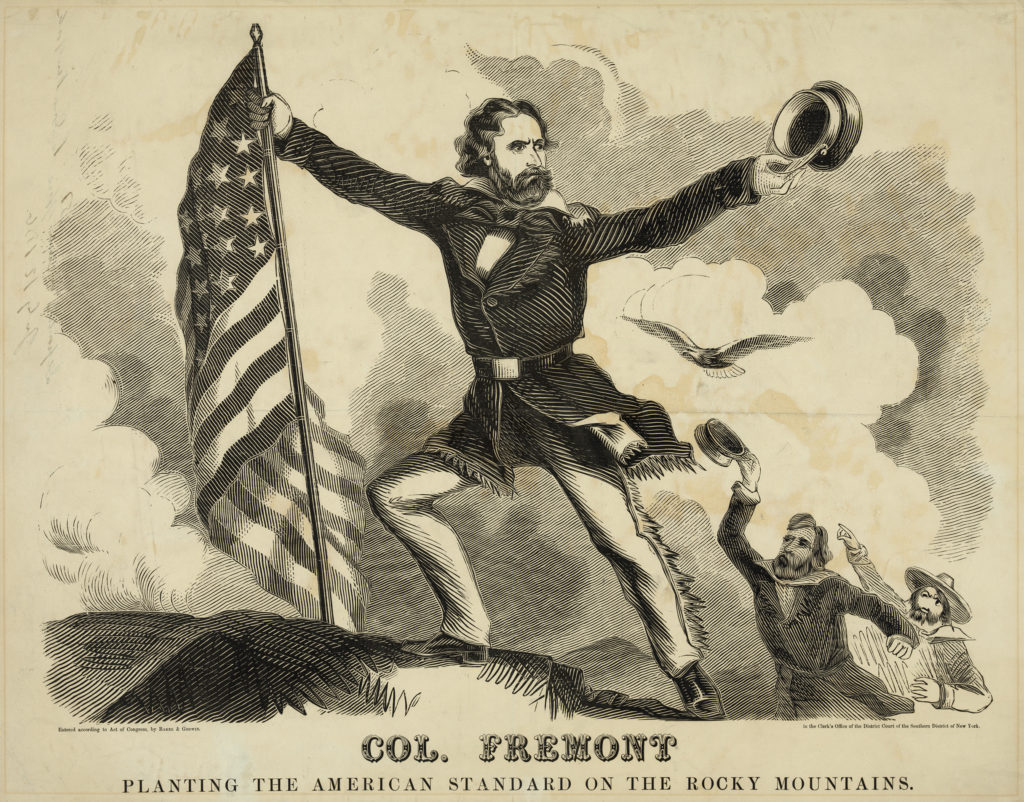
One deadly encounter took place Feb. 17, 1869, in Arizona Territory. Schilling was a passenger on a wagon train bound west from the stage station at Tyson’s Wells to the mining town of La Paz. En route a fight erupted between Schilling and a teamster named Charles “Dutch Charley” Fink. Fink tried to shoot Schilling, who then plunged a knife into his adversary’s chest, killing him instantly. Schilling voluntarily surrendered to authorities, spent six days in jail and was released when a grand jury determined he’d acted in self-defense.
Thirteen years later Schilling claimed another life in the Texas border town of Laredo. At the time he ran a barber shop at the front of the Commercial Hotel, which also housed a saloon. On the evening of Sept. 25, 1882, barber Schilling and barkeep Archie Scott got into in a fistfight outside the barber shop. Things turned nasty when Schilling grabbed Scott’s right wrist, bit down on his hand and pummeled him in the face with his free hand. Only when Scott promised to clear out did Schilling release the barkeep’s mangled hand.
Instead of retreating, Scott strode back to the saloon and returned with a Winchester. He found Schilling waiting in the doorway of the barber shop with a double-barreled shotgun. Firing wildly, Scott jammed his rifle. Schilling coolly returned fire, unloading both barrels into the barkeep’s chest. Scott staggered a few yards and groaned before dropping dead on the floor.
In April 1909 Schilling nearly killed another man down along the border. In that incident a Mexican would-be robber pulled a gun on Schilling, only to have the barber yank his Colt .45 and begin blazing away. As the chastened outlaw ran for his life, responding police arrested Schilling. A search of his person turned up three more concealed revolvers. “[Schilling’s] mind is giving away under the strain of his advanced years,” the police report stated in part. “He imagines that he has fallen heir to a large sum of money and that the Mexicans are trying to rob him in revenge for the part he took in the [Mexican] War.”
Cannon may have suffered similar delusions. “His claims to distinction are numerous,” one Wyoming reporter wrote of the latter in 1890. “Many are genuine, but a goodly array had their origin in his own powerful imagination.”
“A Colossal Fraud”
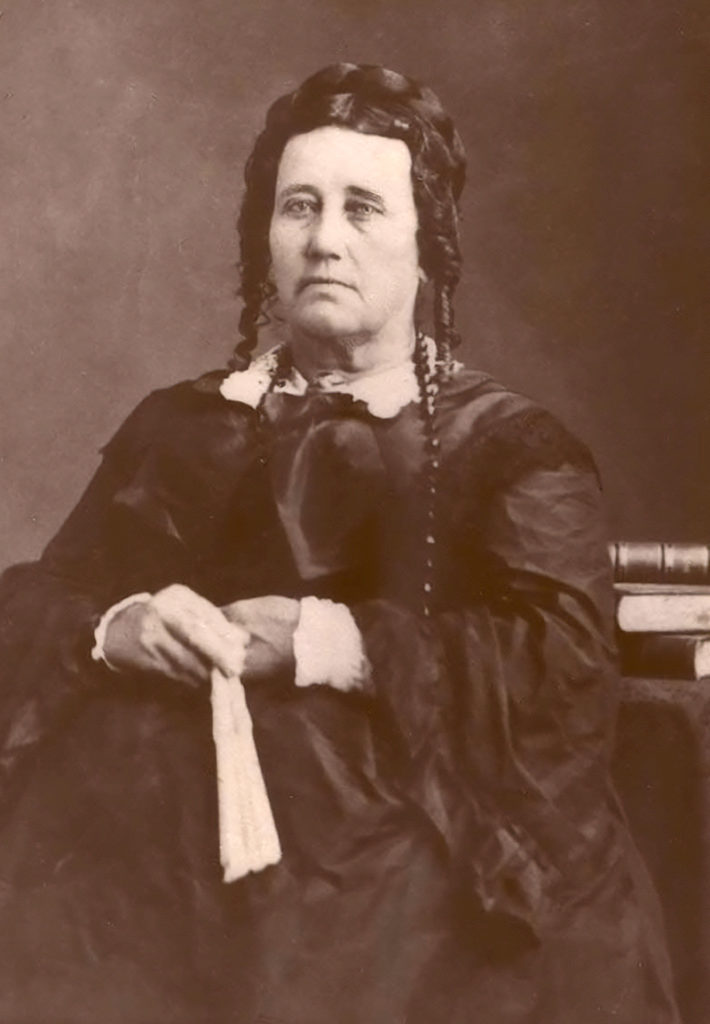
Beyond the embellishments and outright lies, the historical William James Cannon remains elusive, though records do exist for one documented episode in his life—an event so disturbing, it completely overshadows the image of him as little more than a unique frontier character. In 1891 he led a mob that lynched a black man awaiting trial in an Omaha jail.
Not that Cannon kept a low profile in its aftermath, for he soon resumed his starring role as Alamo survivor. On June 9, 1893, he repeated his claim in a letter to Texas Governor Jim Hogg, again presumably to secure a pension or some other financial compensation. In the letter he spun perhaps his most creative and confusing narrative of the battle, again unsupported by eyewitness accounts. In this version Cannon even refers to actual survivor Susanna Dickinson, famed “Messenger of the Alamo,” as his “oldest sister.”
Dickinson’s descendants certainly remembered Cannon’s wild claims. Addressing them in 1926, Susanna’s granddaughter Susan Griffith Sterling offered a fitting postscript to the storyteller’s legacy when she proclaimed Cannon “a colossal fraud.”
While neither Cannon nor Schilling served alongside the truly heroic defenders of the Alamo, both ended their lives on a military note. William James Cannon lived out his days, possibly into his 90s, as a celebrated resident of the Iowa Soldiers’ Home in Marshalltown, still regaling anyone who would listen with his far-fetched stories. Louis Schilling died of a cerebral hemorrhage on April 7, 1920, and was buried at the Los Angeles National Cemetery with full military honors.
For further reading on the topic author Ron Jackson Jr. recommends his books Joe, the Slave Who Became an Alamo Legend, Alamo Survivors (both co-authored with Lee Spencer White) and Alamo Legacy, as well as The Alamo Reader, by Todd Hansen, and Eyewitness to the Alamo, by Bill Groneman.

